The important role of Internal Drainage Boards and why a fairer funding formula is needed
Posted Wednesday 20 December, 2023
At times of flooding - as seen most recently in Lincolnshire with Storm Babet - there are stations housing machinery which pump flood water away to help reduce flood risk to homes, businesses and farmland.
These pumping stations play a vital role to help reduce the impact of flooding. Without them working around the clock at times of flooding and high water, we would be lost.
These stations are managed by public bodies called Internal Drainage Boards (IDBs). There are 112 IDBs in England which reduce the flood risk to over 600,000 people and 900,000 properties.
In Boston, the internal drainage boards which serve the borough are:
Some pumping stations are powered by diesel while others are electric-powered. There is no other way to power them.
Like households and businesses, the IDBs have seen their costs and utility bills increase significantly, with these expecting to rise even more next year.
IDBs are funded from a levy which comes out of the money the council collects in council tax - but this method is impacting on the money that is available for the council to spend on services.
In 2012/13, the IDBs were partially funded by something called a Revenue Support Grant which was given to councils from the Government but that grant has been reduced. Councils are now having to fund the levy through the money that should be going to provide services such as street cleaning, refuse collection, planning and supporting vulnerable residents.
A limited number of councils have this financial burden as it is only councils which have Internal Drainage Boards that are subjected to the levy.
With the levy demand and the annual increase expected to rise again in the next financial year, it means even less money will be available for services through the money collected from council tax.
Cllr Anne Dorrian, Leader of Boston Borough Council, said: "There is no doubt that the internal drainage boards do really fantastic work which is vitally important in protecting people and businesses during times of flooding. We need them and we need their pumps to keep working to support our district.
"The critical issue at hand, is that we cannot continue with the existing funding method and we need to find an alternative way to fund the levy which will allow both the IDBs and the council to continue their important work. Our ability to improve services and support growth is being significantly limited by the process imposed on us by Government - in simple terms it's just unaffordable and unfair.
"The worrying thing for us is that the IDB levy is very likely to increase further next year, therefore, it will continue to impact on the council's budget, the money we receive from council tax, and the services we are currently providing."
This year, Boston Borough's council tax requirement was £4.235m. 58 per cent of that - £2.47m was for the drainage board levy.
For every £10 of council tax, Boston Borough Council receives £1.01p for services. Of that £1.01p - 60p is having to go to IDBs.
Boston is now part of a group of more than 20 councils all affected by IDB levies which are now campaigning to the Government for a fairer funding method which will ensure the vital work of the IDBs can be protected and that the council uses its council tax for its services.
So far the campaign has seen MPs from all the affected councils lobbied as well as the Chancellor the Rt Hon Jeremy Hunt, the Secretary of State for Levelling Up, Housing and Communities the Rt Hon Michael Gove.
The lobbying is moving at pace and will continue alongside the decisions needing to be made over the council's budget for 2024/25.
The timeline for funding IDBs
Until the 1970s, IDBs collected their Special Levy directly from households, businesses and landowners.
In the 1970s, Councils began collecting the Special levy for administrative ease. It was later decided to spread the Special Levy cost over all households.
The Special Levy was later consumed into the Council Tax requirement which was capped but funded by Government through the Revenue Support Grant.
Since 2013/14 the Revenue Support Grant has been reduced by Government. Councils then had to start funding IDB levies and annual increases directly through their Council Tax (which are capped)
2022 and 2023 saw huge increases in IDB levies, principally due to rising energy costs, making their pumps and machinery more expensive to run.
What are IDBS and why are they so important
There are 112 IDBs in England protecting 1.18m hectares of land - more than nine per cent of total land area in England.
There are 625 pumping stations and maintain more than 22,000km of watercourse.
IDBs directly reduce flood risk to more than 600,000 people who live or work in IDB boundaries and 880,000 properties, including 50,000 farms and landholdings, 129 miles of motorway and 910 miles of railway and 56 power stations.
It can take up to seven years to recover land that is flooded by saltwater.




